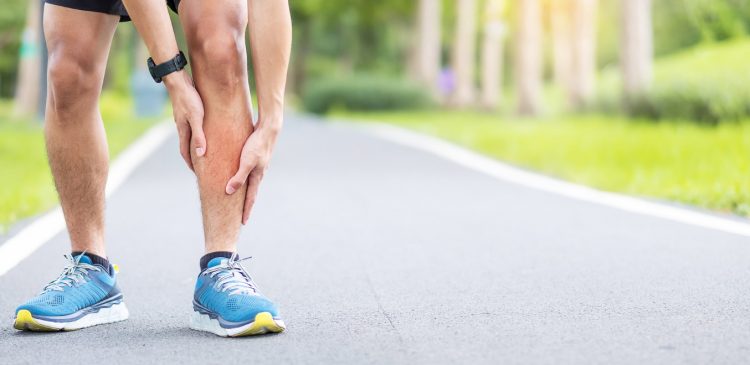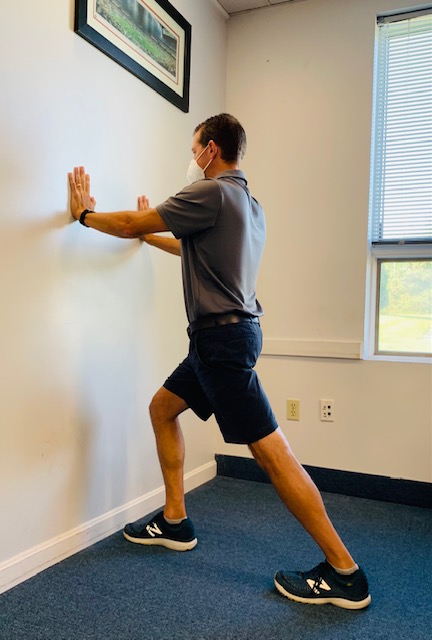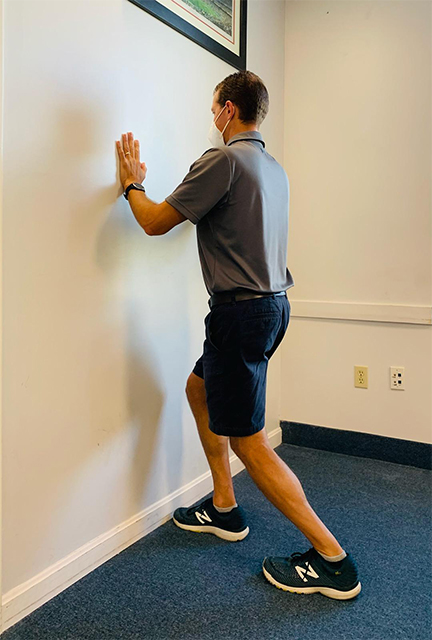Shin Splints: Do not try to just run through it!

Shin splints are often a warning sign!
Many of us have experienced pain in our lower legs following increased running or walking. You may have a young athlete who has experienced a dull, boring pain in their lower legs as well. These symptoms of pain are consistent with what are known as Shin Splints. Shin Splints typically present as dull and persistent deep achy-like pain in the lower leg around the tibia (shin bone). Pain typically increases with increased running, walking, or jumping types of activity. The pain typically subsides once running or jumping activities cease. There are two types of Shin Splints, anterior shin splints (in the front of the shin) and posterior shin splints (in the back of the shin). There is a common thought that you can just “run through” shin splints or “just don’t think about the pain”. However, this cannot be further from the truth. Shin splints are often a warning sign that there is too much stress and pressure being applied to the tibial bone structure. If left unchecked as the pain persists or eventually gets worse, shin splints can then progress into stress fractures! If that happens, you will be walking in a boot for up to 12 weeks to allow the bone to heal!

There are several reasons why this can occur ranging from generalized weakness in the foot/ankle, tight calf muscles, weak hips, or poor foot structure. One of our highly trained physical therapists can quickly assess the cause of your shin splints and develop a comprehensive treatment plan to address your deficits.
Here are a few exercises that may help you alleviate your shin splints:
Calf Stretches
Hold each stretch for 30 seconds and repeat 3 times. You can repeat these exercises several times per day.


Ankle Strengthening Exercises
Eccentric Single Leg Calf Raise
Perform 3 sets of 10 repetitions every other day.
Bilateral Toe Raise
Perform 3 sets of 10-20 repetitions every other day.
